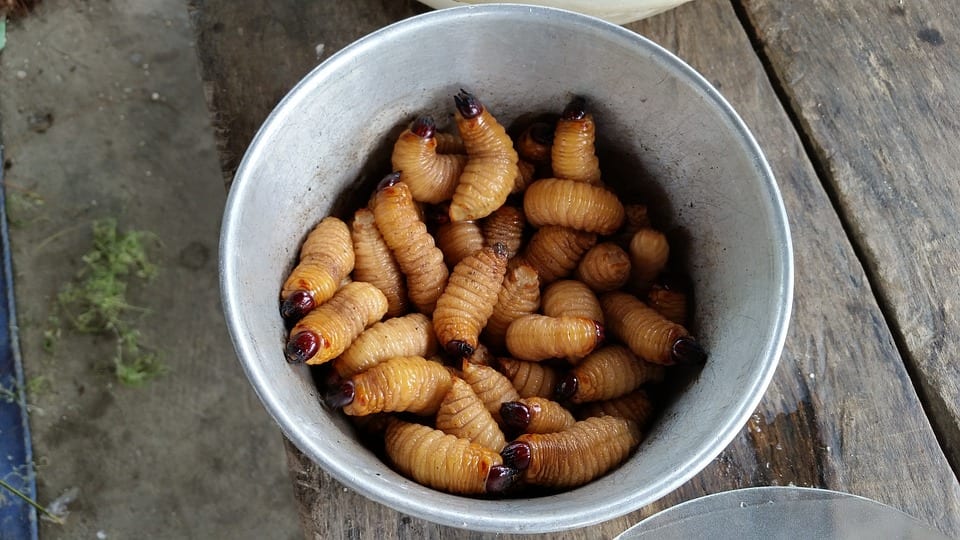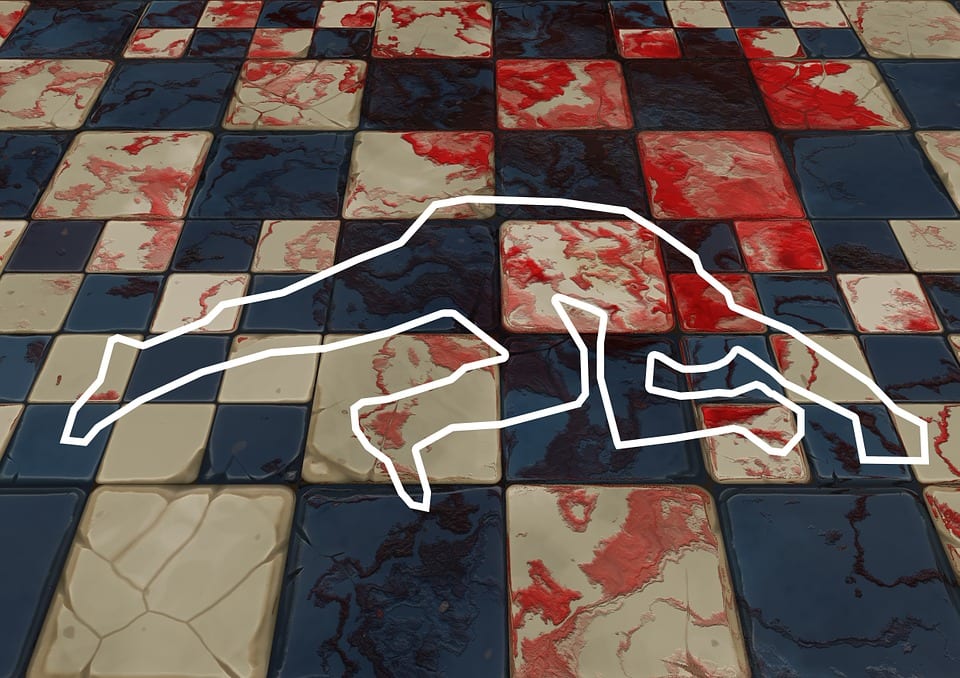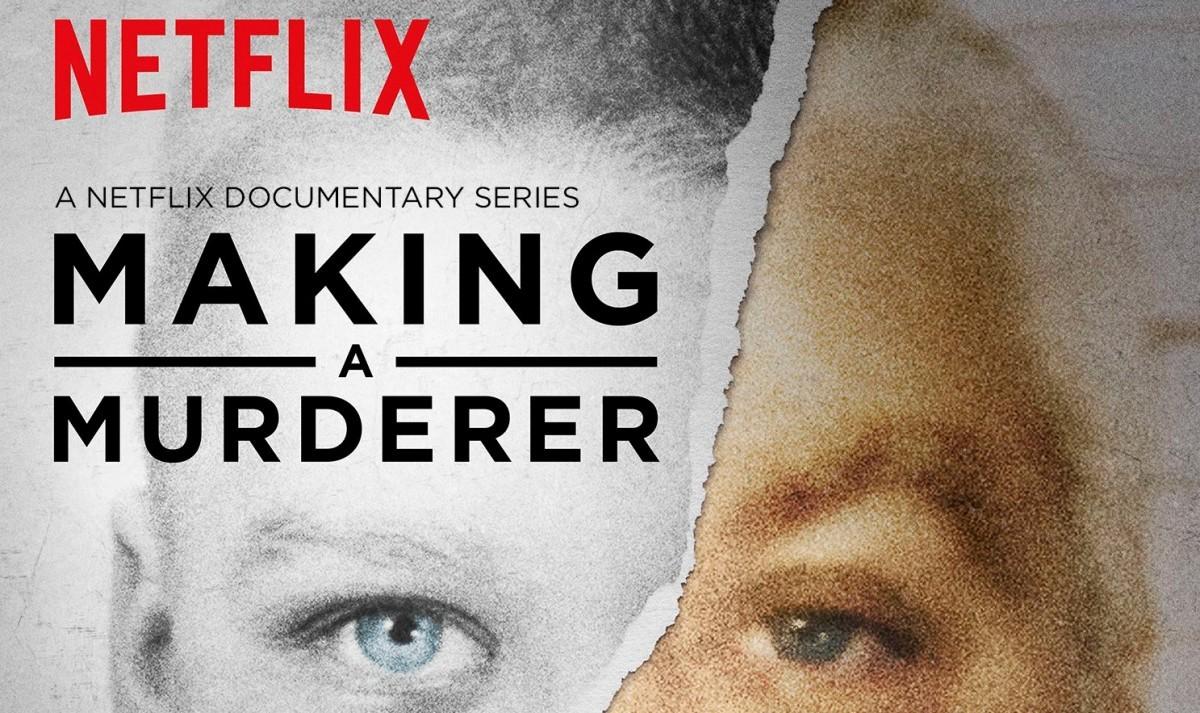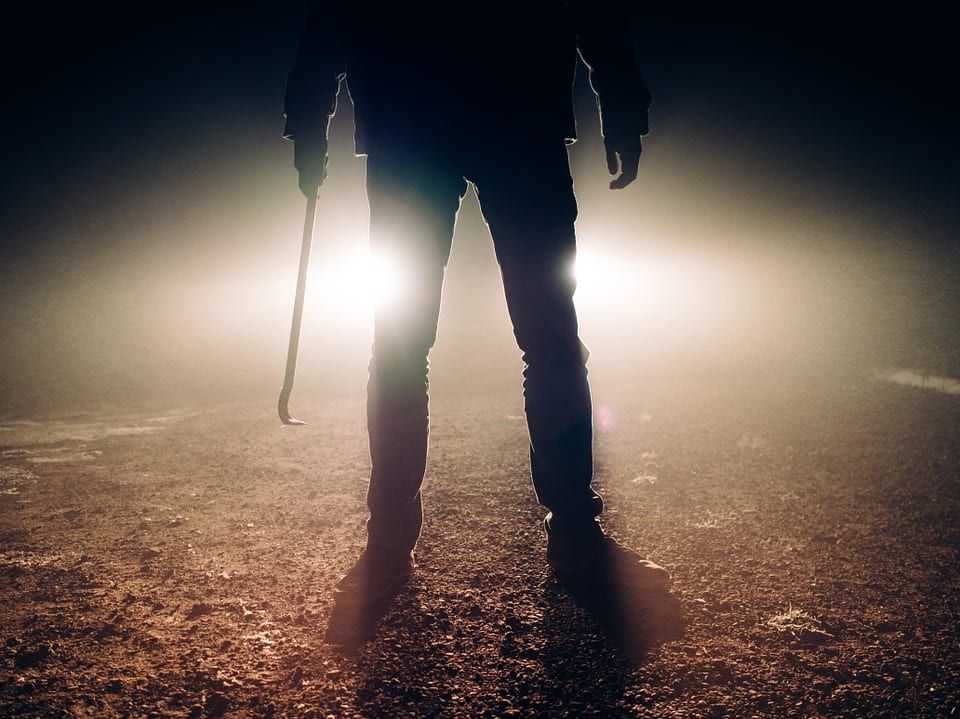True crime shows and podcasts like Serial, Making a Murderer, Unabomber, and a slew of others have found new and increasing popularity in recent years (not that they’ve ever really gone out of style). Fictionalized shows like CSI (and many, many others) are also perpetually popular for the networks, which means that more and more people are watching. Sure, you’re familiar with the jargon, but if you’re super into true crime, below are 20 words and phrases you’ll definitely want add to your criminologist lexicon.
#20. Copycat Crime

Image Credit: Pixabay
Some perpetrators are inspired by different crimes, books, televisions, or movies and re-enact them in real life.
#19. Trophy

Image Credit: Wikipedia
Serial killers are well known for collecting “trophies” from their victims – anything from jewelry to sawed-off body parts. Ed Gein, a famous serial killer who has served as the inspiration for a wide range of movies and television shows, used to sew his human souvenirs into clothing and furniture.
#18. Ballistics

Image Credit: Pixabay
Ballistics is the study of the mechanics of firearms, and in terms of investigating crimes, can help identify what specific gun was used, as well as where and how. Recently, though, courts have called its accuracy into question.
#17. Forensic Entomology

Image Credit: Pixabay
If you were a fan of the television show Bones, you might recognize this specialty – Dr. Hodgins was an expert on how bugs and insects interacted with crime scenes. What sort of bugs in what stage of life can help investigators determine a timeline in a murder case.
#16. Locard’s Exchange Principle

Image Credit: Pixabay
Basically, this is the theory that when two items come into contact, there will be an exchange. Dr. Edmond Locard coined the principle after observing that criminals almost always bring something potentially incriminating with them when entering or leaving a crime scene.
#15. Blood Spatter

Image Credit: Pixabay
The pattern of bloodstains left behind after a violent crime. There’s an entire field of forensics dedicated to studying just that, and, in theory, analyzing the spatter could help determine how and when and in what order events took place. It has, in recent years, come under more scrutiny intensive, as training in analysis is often severely lacking.
#14. Macdonald Triad

Image Credit: Pixabay
This phrase first appeared in a paper written by J.M. Macdonald and published in a 1963 issue of the American Journal of Psychiatry, and it refers to three behaviors that, if exhibited in childhood, can indicate tendencies toward violence later in life. They are cruelty toward animals, fire-starting, and chronic bed-wetting.
#13. Angel of Death

Image Credit: Pixabay
Medical professionals who intentionally kill their patients are known as “angels of death,” since the killers have typically convinced themselves that the patients are in pain and they are giving them mercy.
#12. Gunshot Residue

Image Credit: Pixabay
Gunshot residue, or GSR, is made up of the small particles that discharge during a gunshot and settle on the clothing or skin of anyone within a few feet of a fired gun.
#11. Munchausen Syndrome By Proxy

Image Credit: Pixabay
These people manufacture trauma to gain sympathy, but instead of harming themselves – Munchausen syndrome – they choose people close to them to harm instead. They may intentionally make their children sick or disabled, or something similar.
#10. Cold Case

Image Credit: Pixabay
A cold case is a crime that is unsolved and has been shelved due to a lack of evidence. They may be reopened if a new witness comes forward, forensic evidence comes to light, or some other information prompts investigators to believe they could find answers.
#9. Petechial Hemorrhaging

Image Credit: Pixabay
This term shows up in cases where investigators suspect a murder victim was strangled, and investigators examine their eyes for little red dots that appear when someone bleeds beneath their skin. It’s not a sure sign someone was choked to death, but the hemorrhaging only appears when someone’s head has been put under severe pressure.
#8. Rigor Mortis

Image Credit: Pixabay
This occurs when a body stiffens up after death due to calcium build-up in the joints and muscles. It lasts a few days and can help investigators determine when someone died.
#7. Luminol

Image Credit: Pixabay
Luminol is a chemical that emits a blue glow when mixed with an oxidizing agent like hemoglobin – spraying it at a crime scene helps investigators detect traces of blood that someone has tried to clean up.
#6. Brain Fingerprinting

Image Credit: Netflix
Brain fingerprinting is relatively new (you might recognize it if you’ve watched Season 2 of Making a Murderer). The practice encompasses hooking a suspect up to a helmet that senses brain activity, then giving them details about the alleged crime that only the guilty party would know. The sensors are supposed to be able to tell whether they recognize what’s being described. Some research suggests the results may be more reliable even than a polygraph test. It’s not entirely clear, though, whether this method can be trusted.
#5. Latent Print

Image Credit: Pixabay
A latent print is a fingerprint made only from the sweat and oil on a person’s skin. Investigators need powder or chemicals to “lift” them from crime scene surfaces.
#4. Mask of Sanity

Image Credit: Pixabay
Many serial killers are famous not only for their crimes, but for the creepy way they all seemed so normal to the people in their lives before they were caught. That ability to appear as if nothing is wrong with them is referred to as their “mask of sanity.”
#3. Black Widow

Image Credit: Pixabay
Female murderers are rare (female serial killers are even rarer, comprising just 15%), and investigators often refer to them as “black widows” since the female spider devours her mate after sex. They typically use it to refer to a woman who kills someone close to her, who kills for personal gain, or who uses her sexuality to gain an advantage during the committing of a crime.
#2. Glasgow Smile

Image Credit: Pixabay
During the 1920s and 1930s, Scottish gangs used to give their victims perpetual smiles by cutting their faces in a manner that connected their ears to the corners of their mouths. In 1947, the Black Dahlia murderer mutilated Elizabeth Short in the same way.
#1. John/Jane Doe

Image Credit: Pixabay
John and Jane Doe are the names given to murder victims whose identities aren’t known or are being withheld from the public.
The more you know!






